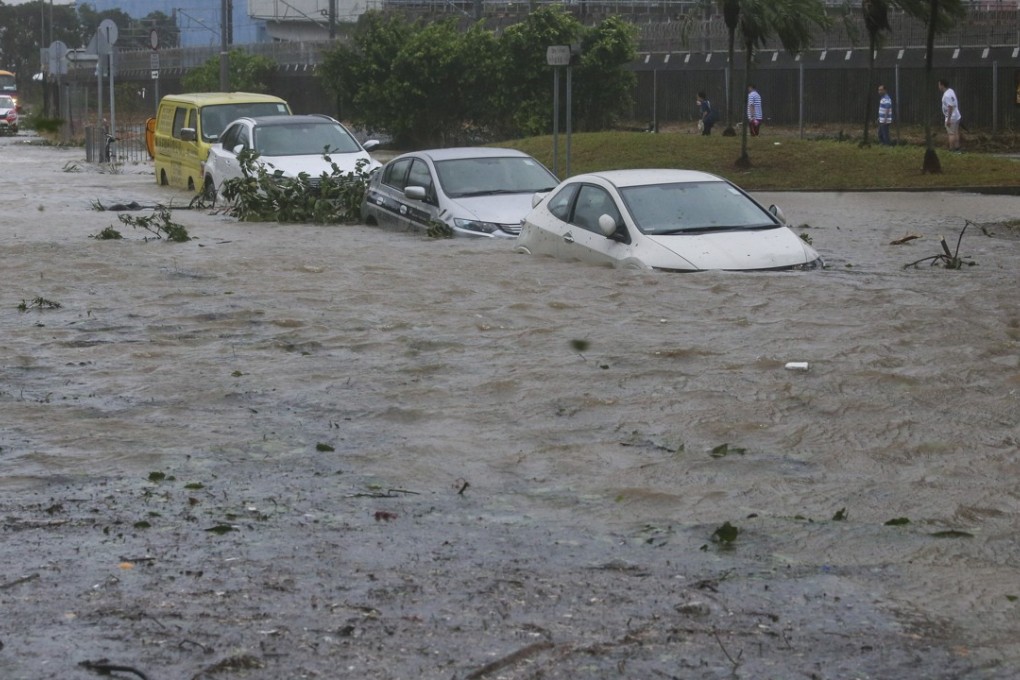Advertisement
Typhoon Hato causes delayed flights and heavy flooding in Hong Kong
Hundreds of flights cancelled, ferry services suspended and flood warning in place for only the 15th No 10 storm since 1946
Reading Time:2 minutes
Why you can trust SCMP

A typhoon signal No 10 – the highest in Hong Kong’s storm warning system – was issued on Wednesday morning, before being downgraded first to No 8, then No 3 as Typhoon Hato wreaked havoc on the city.
It was only the 15th No 10 signal since 1946, the last coming in July 2012, for Typhoon Vicente.
Advertisement
The Observatory issued the signal at 9.10am. At 8am it issued an amber rainstorm warning, which means more than 30mm of rain is expected to fall within an hour.
As the storm approached overnight, businesses, public services, airlines and public transport all braced for what could be one of the worst storms in recent years.
Advertisement
Advertisement
Select Voice
Choose your listening speed
Get through articles 2x faster
1.25x
250 WPM
Slow
Average
Fast
1.25x